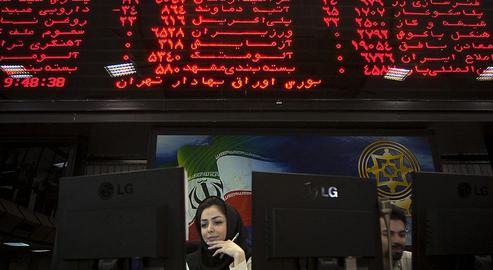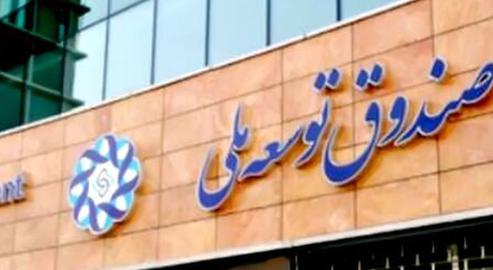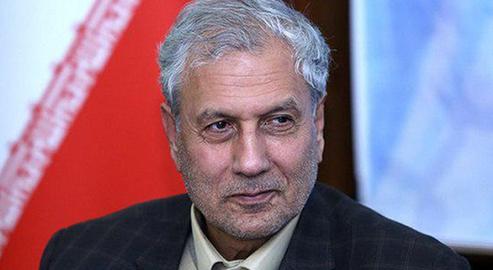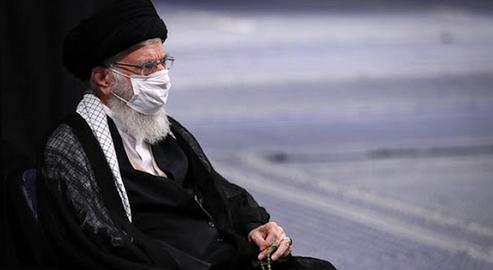All eyes in Iran are on news of the stock market, with around 70 percent of the Iranian population at risk in the event of an anticipated crash. Many people invested in stocks for the first time in the last few weeks, seeking to ensure the value of their capital is not only protected against skyrocketing inflation but grows against the dollar, gold, housing and other assets.
Tehran Stock Exchange is still up and running. Even if it continues to tumble in the way that it is currently, it remains stronger than the housing, gold, and foreign exchange markets. But fluctuation is the name of the game and a few percentage points’ drop in value leads to long queues for sale: not only comprising only ordinary individuals with capital at risk, but also legal entities and investment companies.
Who is ultimately able to guarantee the growth of the capital market in Iran? Can the government prevent the looming stock market crash by injecting capital into the system? And who would lose out as a consequence if it does this?
What’s Happening in the Iranian Stock Exchange?
Yesterday the total index of Iran Stock Exchange hit its lowest point in the past 70 days. Data from the Tehran Stock Exchange Technology Management Company’s website show that the total index from July 4, 2020 to Monday, September 7 never dipped below 1.6 million units – until finally on Tuesday, September 8, it landed on 1.57 million units.
Compared to the index of August 9, this would be a 25 percent drop in the capital market in less than a month. It means a large number of investors who entered the stock market over the past month made losses during this period, but their losses are relatively small because of the extreme growth of the market in July and August.
Compared to the end of June, or the beginning of this calendar year or even the same point of last year, the performance of the Tehran Stock Exchange appears to have been stunning, with a return of 20 percent compared to June 20. The total index figure is three times larger than it was on the first working day of March 2020, and five times larger than the total index of the same day last year. This rate of return is astonishing – and unusual, considering the inflation rate and what has happened to other markets.
A few days ago, 25 economists wrote a letter to the Minister of Economy that made headlines in Iranian financial circles. According to their calculations, "the growth of the stock market in the last 10 years, calculated in dollars, has been 215 percent, while in the same period the growth of alternative markets, such as housing, calculated in dollars, is minus 11 percent, and growth of the global gold market, despite all its ups and downs, has been only 55 percent."
Seen in this light, this surge in growth in the capital market – in a country whose net economic growth has been zero in the last 10 years – is not merely unusual but downright disturbing.
Should the Government Inject Cash Into the System?
Yesterday news surfaced that the Iranian government is planning to transfer resources from Iran’s National Development Fund into the stock exchange.
"From the beginning of next week, one percent of the assets of the National Development Fund will be deposited [into the stock exchange]," government spokesman Ali Rabiei announced.
"Since 2015, there has been legal authorization for the National Development Fund to deposit one percent of its assets into its Market Stabilization Fund. So far, this has been an ambiguous policy and has not been implemented. But recently, the ambiguity has been resolved.”
The Market Stabilization Fund was established in 2016 with the aim of "stabilizing, controlling, and reducing risks ... and preventing the creation and continuation of widespread fear in the event of financial and economic crises, etc."
The Fund's charter also mentions one percent of the National Development Fund's resources, but it is unclear exactly what the cash will be used for in the present situation. Is the current state of the capital market one of crisis? In that case, will the Stabilization Fund be buying stocks extensively to boost the market?
Of course, no one knows what the current resourcing of the National Development Fund is and what will happen if “one percent” of it is injected into the stock market, whose current value is more than seven quadrillion tomans [$280 billion]. But what is beyond doubt is that each dollar coming out of the National Development Fund and converted into rials will add to the volume of liquidity. In a situation in which the economic growth is zero or negative, each rial leads to inflation. Inflation is already causing irreparable damage in Iranian society, especially to households and families on lower incomes.
What might happen, on the other hand, if the government does not inject money into the market? There is the potential for shareholders to lose confidence and, fearing a crash, withdraw their capital. In this case, the markets could be wiped out; as it is investment in currency, gold and automotives have been badly shaken by minor shifts in the stock market in the last 48 hours. If billions of tomans cascade out of the system at once, what kind of further destruction will this wreak on the economy – and all existing commercial structures in Iran?
At worst, the Iranian stock market stands on the brink of apocalypse. There is every sign that in a country in which the economy has been suppressed for years, the long-prophesized Judgement Day is now almost at hand.
Related coverage:
The Devastating Effect of Coronavirus on Iran's Economy
Ninety Days of Rocketing Dollar Value Compounds Iran's Inflation Nightmare
Government Study Shows Up to 34.8 Percent Inflation Rate in Parts of Iran During the Pandemic
visit the accountability section
In this section of Iran Wire, you can contact the officials and launch your campaign for various problems



























comments